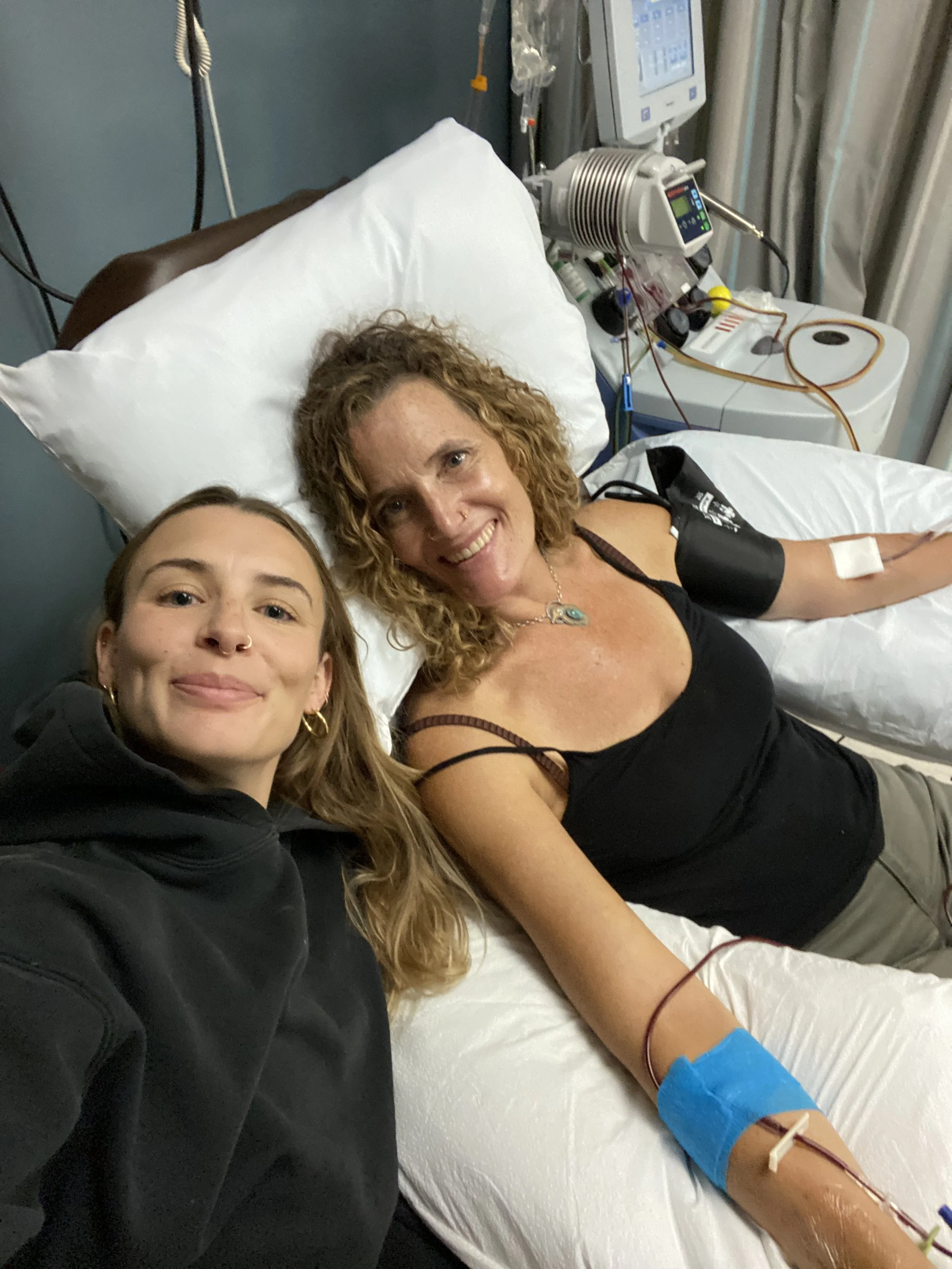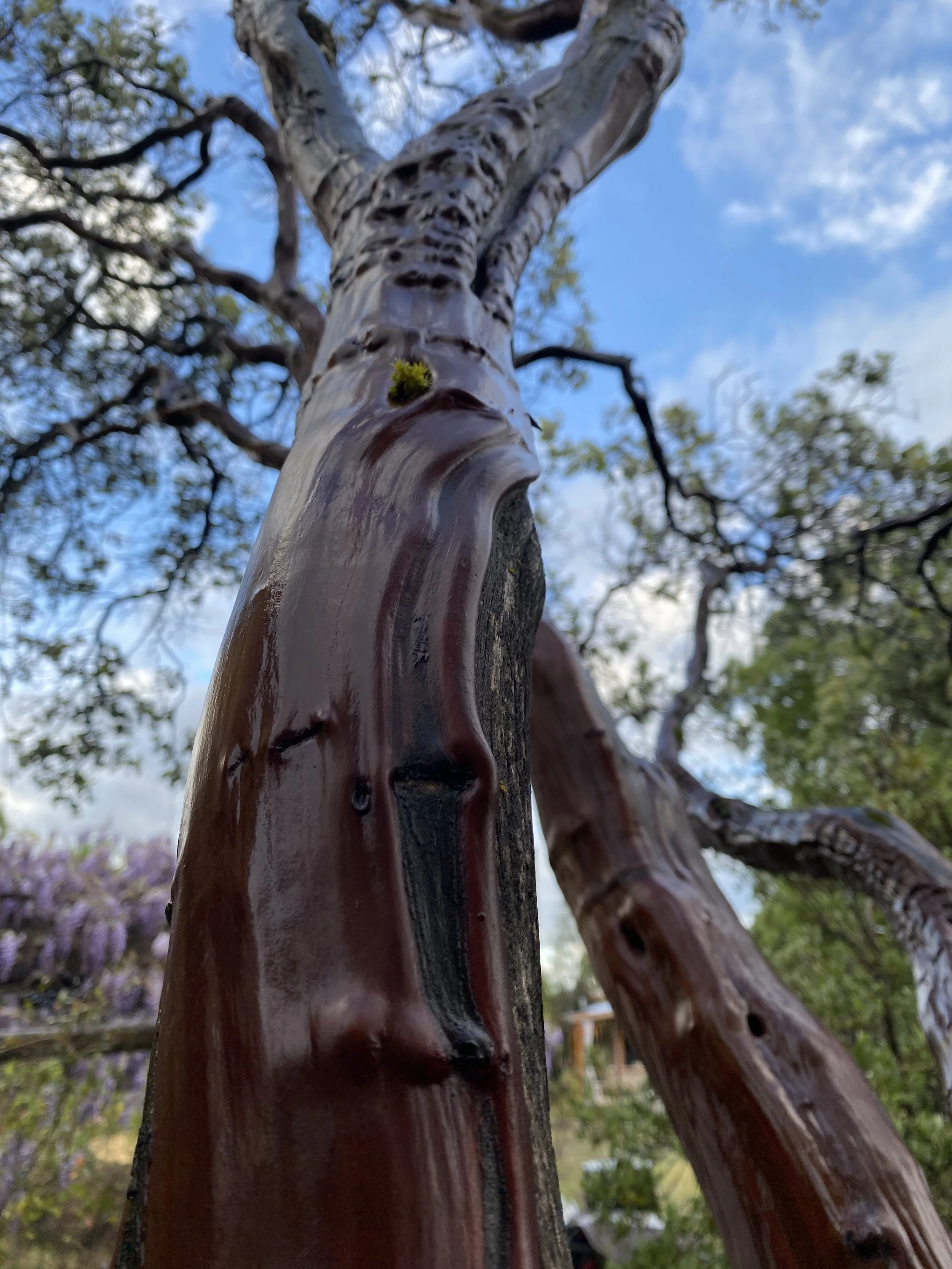Letting in
/Lately, I have been studying a practice called Tonglen, literally meaning, “giving and taking”. Through exploring this practice I have begun to cultivate a new approach to my emotional, physical and spiritual body. I am the first to admit that up until now I have spent years, months or days suffering through difficult experiences until I was ready to let them go. That worked for a while, but over time I have come to recognize that the letting go process can be experienced in a different way and at this point in my life, a more helpful way.
We live in a society that applauds happiness and avoids sadness, encourages lying about how you really feel and labels most emotions as right or wrong. As a result we tend to want to get over difficult experiences sooner, feel happy so others around us will like us or be comfortable around us in order to be more comfortable with ourselves. Or, on the complete opposite end of the spectrum, we attach ourselves so adamantly to our emotions that we become them. We have learned to categorize an emotion as right or wrong, good or bad, appropriate or not appropriate, which enhances our own shame and exhaustion. Most of us are in bondage to our emotions because we resist them or bury them or even tether ourselves to them so regularly that they run the show. Imagine the possibility that we have a unique opportunity as humans to experience the depth of our emotions without being a slave to them.
So, my experiment began. With practice, I have become more present, enjoyed slowing down, and ultimately decreased my suffering. Here’s how it goes:
- In a quiet place where you won’t be disturbed allow yourself to remember something that is causing you suffering. As you remember become curious about the emotions or emotion you feel in regards to this event or experience.
- As you clarify the emotion, become curious about what your body does in response to this emotion. Where do you feel it most? Is there a response or position that your body takes when you feel this emotion: a tightening, an ache, any physical experience of the emotion?
- And then become aware of your breath, equalizing the in breath and out breath.
- On the in breath, begin to allow the emotion to spread from the original place of tightening, ache or discomfort.
- On the out breath become curious about what it would feel like to be free of this tightening, ache and discomfort.
- On the in breath, notice the sensations that arise as you continue to let the experience of the emotion soften or move through your body, even through the boundary of your skin.
- On the out breath, let in the relief that comes as you imagine the sensation of being free of this suffering.
- On the in breath, continue to expand the emotion you are exploring, letting in the experience with curiosity. Notice the sensations that arise in your body as the emotions move through you.
- On the out breath, let in the experience of spaciousness that relief provides.
For as much time as you are able continue to let in the emotion on the in breath and on the out breath, let in the liberation from suffering. Experience fully as your breathing continues, the sensation of letting both in equally, letting neither weigh more than the other.
As I have begun to practice this I’ve noticed that I have dropped some of my resistance to difficult emotions. In fact in one experience I found myself enjoying the body sensations of sadness as it softened its way into my body just by letting it in, accepting it fully. Tears flowed, and rather than tapping back into the event that provoked them, I relaxed into the sensation of sadness, the ache spread, the tightness in my head receded, I wept, the softening occurred and the heartbreak that had provoked the sadness began to integrate into my experience in a gentler way.
Relationships end, loss happens, betrayal continues, wars build and we have the opportunity to accept all that comes with those experiences one breath at a time, so that our next choice comes from a place of freedom. Generous compassion towards ourselves as we heal, is a great place to start.
“The practice is about opening to whatever arises, but it’s important not to be overly ambitious. We aspire to keep our hearts open in the present moment, but we know it won’t always be possible. We can trust that if we just do tonglen as best we presently can, our ability to feel compassion will gradually expand.”
*If you are interested in exploring Tonglen, Pema Chodrin articulates the practice in great detail in her book The Places That Scare You. It’s a great book. I highly recommend it.






